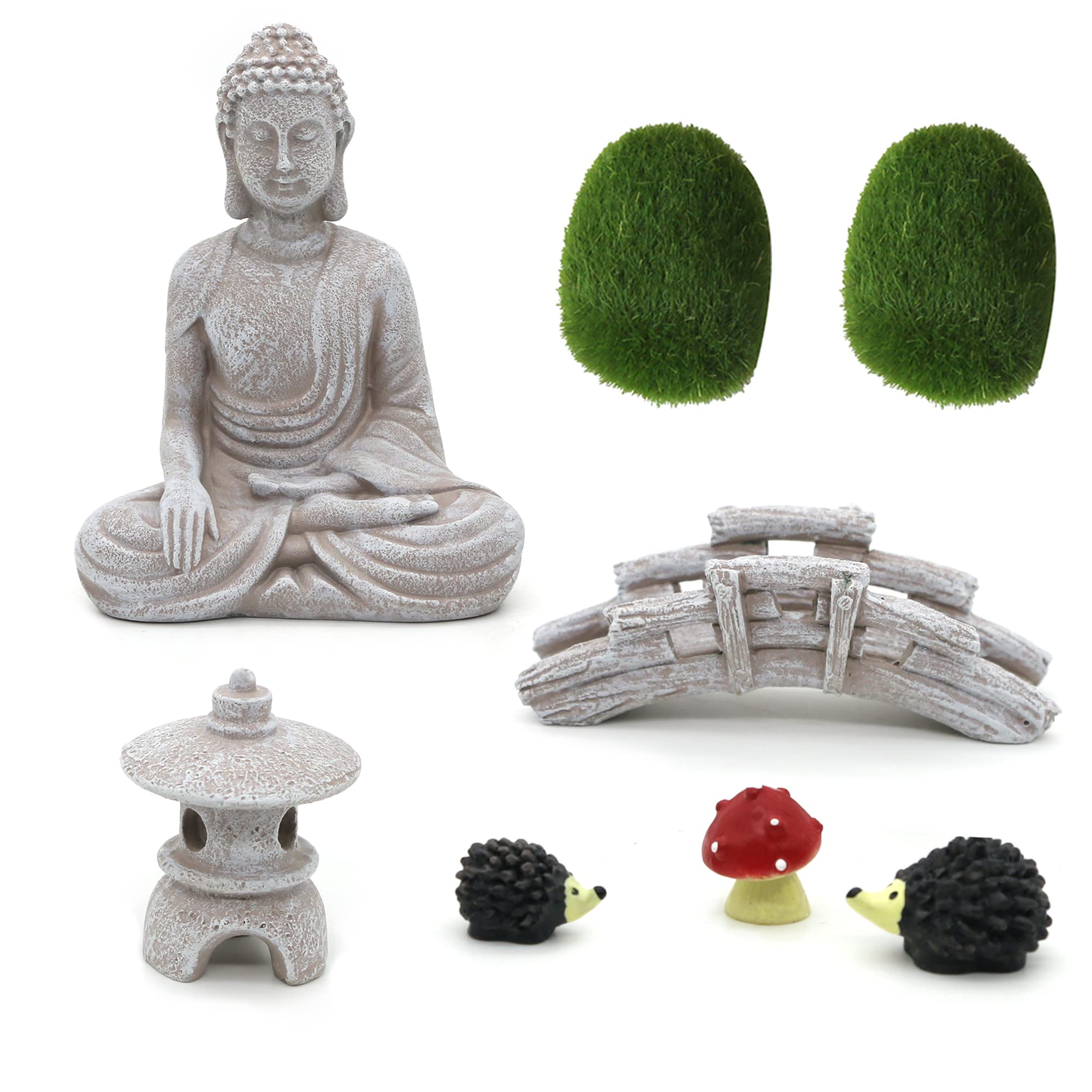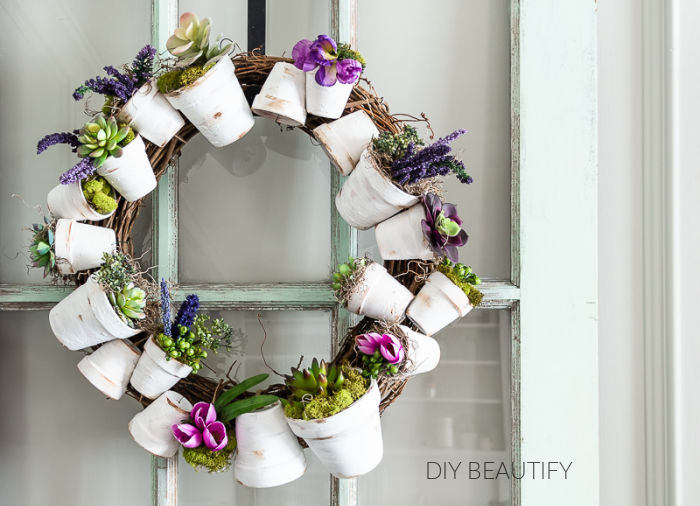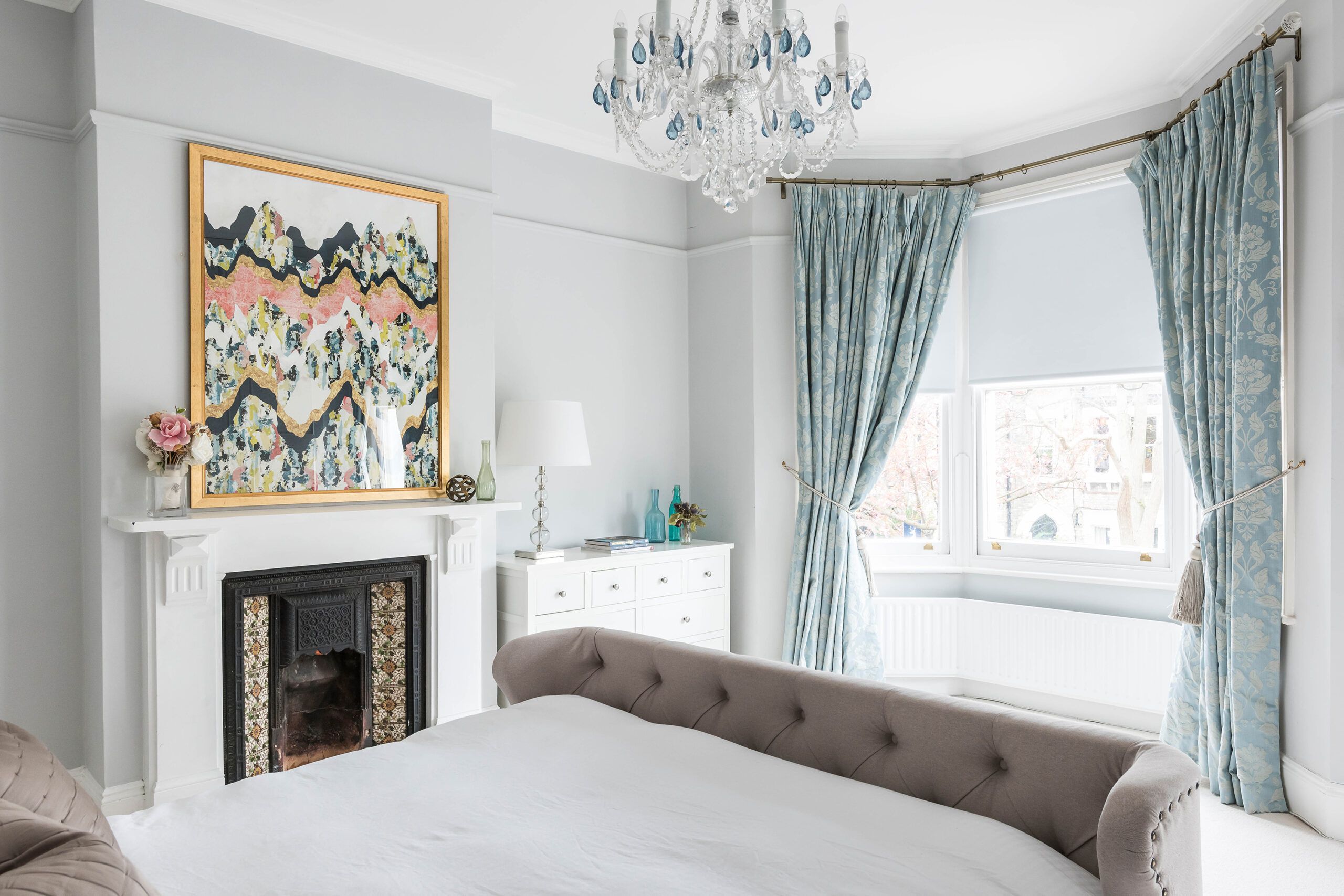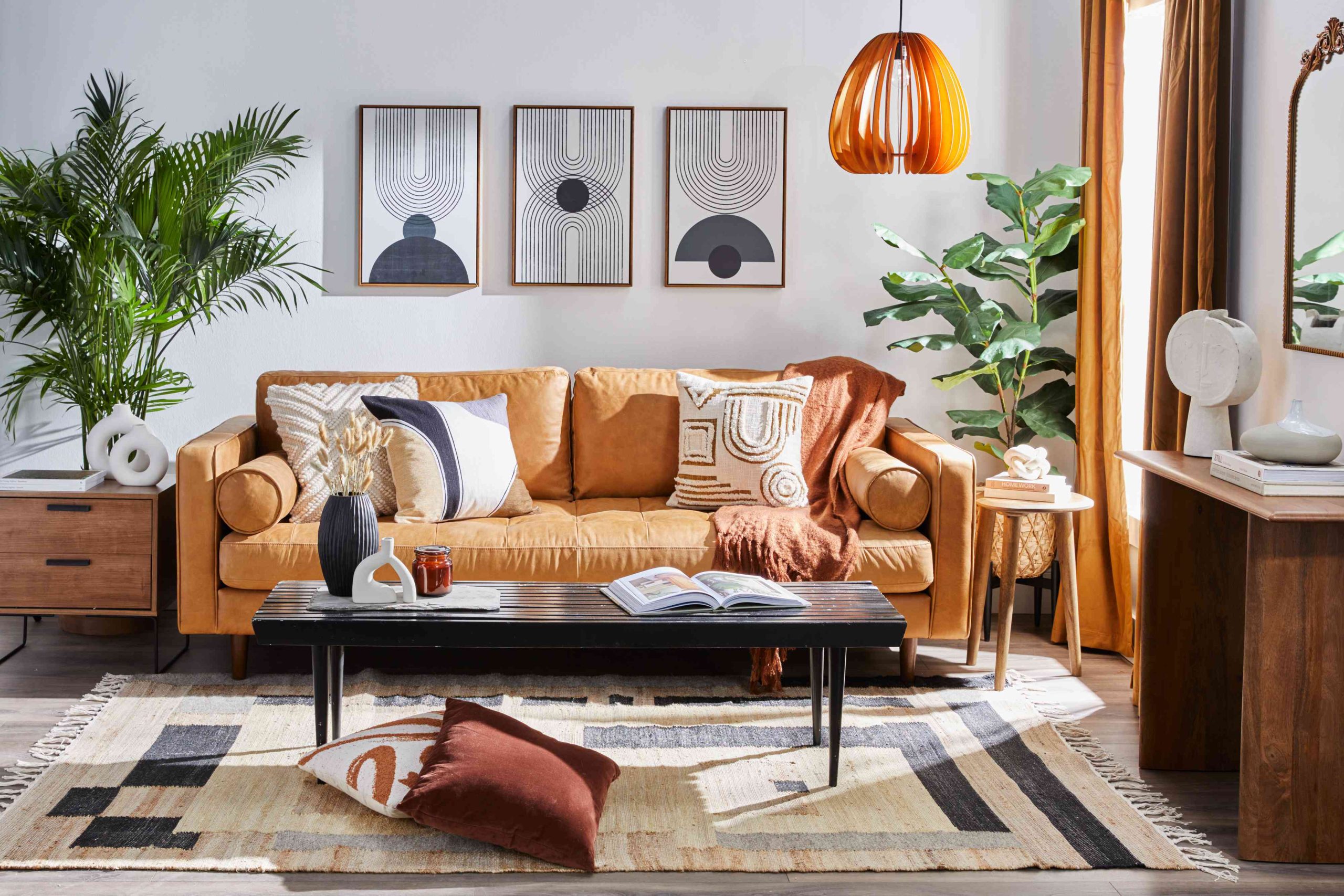Terrarium decor enhances the aesthetics of indoor gardens, adding natural beauty with minimal effort. Creating a captivating display, it transforms a simple glass container into a miniature landscape, making it an ideal addition to any space.
1. Types Of Terrariums For Indoor Gardens
Terrariums are an excellent choice for indoor gardens, adding a touch of greenery to any space. There are various types of terrariums that you can consider for your indoor garden. Glass terrariums are a popular option as they provide a clear view of the plants and create a visually appealing display.
Hanging terrariums, on the other hand, offer a unique way to showcase your plants by suspending them from the ceiling or a hook. These can add an interesting vertical element to your indoor garden. Open-air terrariums, as the name suggests, allow plants to grow without a lid, creating a more natural environment.
They are ideal for plants that prefer a drier or less humid environment. Each type of terrarium has its own charm and benefits, so choose the one that complements your indoor garden’s aesthetics and requirements.
1.1 Choosing The Right Terrarium For Your Indoor Garden
Choosing the right terrarium for your indoor garden involves considering various factors. One important factor is matching the terrarium size to the plant varieties you want to include. Different plants have different space requirements, so it’s crucial to ensure the terrarium can accommodate their growth.
Additionally, you should consider the overall design and aesthetic of the terrarium. It should complement your indoor space and enhance the overall decor. Another factor to keep in mind is the ease of maintenance. Some terrariums may require more frequent watering or specific lighting conditions, depending on the plants inside.
Lastly, consider the materials used in the terrarium construction. Opt for high-quality materials that are durable and safe for your plants. By considering these factors, you can select the perfect terrarium for your indoor garden.
1.2 Benefits Of Different Terrarium Types
Different terrarium types offer various benefits. Glass terrariums, for instance, have both pros and cons. Hanging terrariums are advantageous as they save space and add an interesting visual element to indoor gardens. On the other hand, open-air terrariums promote better airflow and are easier to maintain.
Both types have their own unique benefits which make them suitable for different preferences and requirements. Choosing the right terrarium type for your indoor garden depends on factors such as space availability, desired aesthetics, and maintenance capabilities. By understanding the advantages of each type, you can effectively select the perfect terrarium decor for your indoor gardens.
Whether you opt for glass, hanging, or open-air terrariums, they all contribute to creating a beautiful and thriving indoor garden environment.
2. Essential Elements For Terrarium Decor
Terrarium décor plays a crucial role in transforming indoor gardens into stunning displays of nature. Essential elements, such as substrate and soil, create the foundation for a thriving terrarium environment. These components provide necessary nutrients and drainage for plant growth.
Carefully selecting plants suited for terrariums ensures a harmonious balance within the enclosure. Low-maintenance varieties that thrive in humid conditions, such as ferns and mosses, are popular choices. Additionally, incorporating decorative elements enhances the visual appeal of the terrarium. From small figurines to colorful stones, these accents add personality and charm to the miniature ecosystem.
Creating an aesthetically pleasing terrarium with carefully selected decor elements elevates the overall ambiance of any indoor space. With attention to detail and a creative touch, terrariums can become captivating living works of art.
2.1 Selecting The Ideal Substrate And Soil
When selecting the ideal substrate for your terrarium, there are several options to consider. Different plants have different soil needs, so it is important to choose the right type of soil for specific plant species. Some common substrate options for terrariums include peat moss, coconut coir, and potting soil.
Peat moss is acidic and helps retain moisture, making it suitable for plants that prefer acidic soil. Coconut coir is a sustainable option that retains moisture well and provides good drainage. Potting soil is a versatile choice that can be mixed with other substrates to create a custom blend.
It is important to consider the moisture requirements of your plants when choosing a substrate, as some plants prefer drier conditions while others thrive in more humid environments. By selecting the ideal substrate and soil, you can create a healthy and thriving indoor terrarium garden.
2.2 Recommended Plants For Terrariums
Terrariums are a popular choice for indoor gardens due to their low-maintenance nature. When it comes to recommended plants for terrariums, there are several options to consider. These plants are suitable for any terrarium type, whether it be an open or closed container.
Some popular choices for low-maintenance plants include succulents, such as Echeveria or Haworthia, which require little water and sunlight. Other options could be ferns, like Maidenhair or Boston Ferns, that thrive in high humidity environments. Additionally, Moss and Air Plants are great options as they can absorb moisture from the air.
You can mix and match these plants to create a beautiful and diverse terrarium display. Experiment with different types to find what works best for your indoor garden.
2.3 Enhancing Your Terrarium With Decorative Elements
Enhancing your terrarium with decorative elements can elevate the overall aesthetic appeal. Adding rocks and pebbles can create a textured look, giving a natural and organic feel to your indoor garden. Incorporating moss and other natural elements adds a touch of lushness, making the terrarium appear more vibrant and alive.
Furthermore, including figurines and miniatures can bring in a whimsical and playful element, adding character and personalization to your terrarium. Whether you choose to go for a minimalist or a more elaborate design, these decorative elements can enhance the visual appeal of your indoor garden.
So, get creative and experiment with different combinations to create a unique terrarium that reflects your style and personality.
3. Designing A Beautiful Terrarium
Designing a beautiful terrarium involves creating visual harmony by combining various plant heights and colors. By carefully selecting plants with different growth patterns, you can achieve a visually pleasing arrangement. Consider incorporating taller plants as focal points and surrounding them with shorter ones for balance.
Mixing plants with vibrant colors and contrasting foliage textures adds visual interest to the terrarium. It’s crucial to strike a balance between open spaces and dense areas to create a visually engaging environment. The open spaces provide breathing room and allow each plant to stand out, while the dense areas add lushness and depth.
By following these design principles, you can create a stunning terrarium that will enhance the beauty of your indoor garden.
3.1 Achieving Visual Harmony In Your Terrarium
Achieving visual harmony in your terrarium can be accomplished through strategic placement of plants and decor. By carefully arranging your plants, you can create a balanced and pleasing aesthetic. Consider utilizing color schemes to enhance the overall look of your terrarium.
Pairing contrasting colors or sticking to a monochromatic palette can make a statement. Additionally, varying the sizes of your plants adds depth and interest to the display. Experiment with combinations of tall and short plants to achieve a visually appealing composition.
When designing your terrarium, keep in mind the principles of balance and proportion. By following these guidelines, you can create a stunning indoor garden that is visually harmonious and captivating.
3.2 Mixing Plant Heights And Colors
Mixing plant heights and colors is a great way to create depth and visual interest in your terrarium decor. By choosing plants with complementary colors, you can enhance the overall aesthetic appeal of your indoor garden. This technique adds a dynamic element to the space, making it feel more vibrant and dynamic.
Mixing tall and short plants also adds visual variation, giving your terrarium a layered and multi-dimensional look. Experiment with different combinations to find the perfect balance between heights and colors. This will not only make your indoor garden visually appealing but also create a more engaging environment for you and your guests to enjoy.
So go ahead and get creative with your terrarium decor by mixing plant heights and colors. It’s a simple yet effective way to elevate the look of your indoor garden.
3.3 Balancing Open Spaces And Dense Areas
Balancing open spaces and dense areas is crucial in indoor gardens. By managing plant growth and spacing, you can achieve a natural yet balanced look. Ensure that there is enough room for each plant to grow and thrive, avoiding overcrowding.
Strategic placement of plants with varying heights and textures adds interest to the terrarium decor. Consider using taller plants as focal points, surrounded by smaller ones for a visually pleasing arrangement. Creating open spaces allows for air circulation and prevents the garden from appearing cluttered.
When planning your terrarium, keep in mind the growth habits of your plants and provide adequate space for their expansion. A well-balanced terrarium not only enhances the aesthetic appeal but also promotes healthy plant growth.
4. Maintenance Tips For Healthy Terrariums
Terrariums require specific conditions to thrive. The right amount of light is crucial for their health. Proper temperature control is also necessary. Watering techniques play a significant role in maintaining terrariums. Overwatering can lead to root rot, while underwatering can cause plant dehydration.
It is essential to strike the right balance. Common terrarium issues such as mold, fungus, or pests can be prevented. Regularly inspect and clean the terrarium to avoid these problems. Taking preventive measures will ensure the longevity and vitality of your indoor garden.
Following these maintenance tips will help you create a beautiful and healthy terrarium. So, give them the care they need and enjoy the beauty they bring to your space.
4.1 Meeting Light And Temperature Requirements
Plants in indoor gardens require specific light intensities and temperature levels to thrive. Understanding the light intensity needs is crucial for their growth. Different plants have varying requirements, so it’s essential to research and ensure they receive the right amount of light.
Additionally, managing temperature fluctuations is vital. Sudden temperature changes can stress plants, affecting their overall health. Regular monitoring and adjusting the indoor environment can help create a stable temperature. Providing adequate lighting and maintaining proper temperature conditions will help indoor gardens flourish.
By meeting these light and temperature requirements, you can create a beautiful and healthy terrarium decor in your home.
4.2 Watering Techniques For Terrariums
Terrariums are a popular choice for indoor gardens, adding a touch of greenery to any space. When it comes to watering techniques, it’s important to find the right balance. Proper watering frequency and methods can prevent overwatering or underwatering. A key tip is to observe the moisture level of the soil before watering.
Avoid saturating the soil, as this can lead to root rot. Instead, water sparingly but thoroughly, allowing the water to reach the root system. Another technique is to mist the plants using a spray bottle, providing a gentle and even distribution of water.
It’s also crucial to consider the type of plants in your terrarium, as some may require more water than others. By following these guidelines, you can ensure the health and longevity of your terrarium.
4.3 Preventing And Resolving Common Terrarium Issues
Terrariums are a wonderful way to bring the beauty of nature indoors. However, they can sometimes face issues such as pests and diseases. One common problem is mold and fungal growth. To address this, it’s important to maintain proper humidity levels and ensure good airflow.
Regularly remove any decaying leaves or debris from the terrarium. If mold or fungus appears, you can gently wipe it away with a soft cloth or cotton swab dipped in a mixture of water and vinegar. Another effective solution is to sprinkle cinnamon powder on the affected areas, as it has natural anti-fungal properties.
Remember to monitor the terrarium closely and take action at the first sign of any pests or diseases to prevent further damage to your indoor garden.
5. Creative Ideas For Terrarium Themes And Styles
Terrarium decor offers endless possibilities for indoor gardens. When it comes to creative ideas for terrarium themes and styles, you can explore a variety of options. One popular choice is desert-themed terrariums, which bring the warmth and beauty of arid landscapes to your home.
These terrariums typically feature cacti, succulents, and sand-like substrates, creating a miniature desert oasis. Another option is tropical rainforest terrariums, which showcase lush greenery, ferns, and vibrant blooms. These bring a touch of exotic paradise to any space. For a whimsical and enchanting terrarium, consider a fairy garden-inspired design.
With tiny figurines, delicate plants, and mystical accessories, these terrariums transport you to a magical realm. Get creative and experiment with different themes and styles to bring life and charm to your indoor garden.
5.1 Creating A Desert-Themed Terrarium
Creating a desert-themed terrarium involves selecting appropriate desert plants and decor that mimic arid environments. The key is to choose plants that can thrive in low-moisture conditions, such as succulents and cacti. These plants not only add visual interest to the terrarium but also require minimal maintenance.
To enhance the desert theme, consider adding elements like sand, rocks, and miniature desert figurines. Arrange the plants and loft decor in a way that replicates the natural landscape of a desert. By carefully selecting the right plants and decor, you can create a stunning desert-themed terrarium that brings a touch of the arid beauty indoors.
5.2 Designing A Tropical Rainforest Terrarium
Designing a tropical rainforest terrarium involves choosing lush and tropical plant varieties and incorporating a misting system for humidity. By carefully selecting plants that thrive in a rainforest environment, such as ferns, orchids, and bromeliads, you can create a stunning and vibrant terrarium.
These plants not only add beauty to your indoor garden but also help to recreate the natural habitat of a tropical rainforest. To mimic the high humidity levels found in rainforests, a misting system can be installed to provide regular moisture.
This will promote healthy plant growth and create a microclimate within the terrarium. The misting system can be set to spray at specific intervals throughout the day, ensuring that the plants receive adequate moisture without causing waterlogging. With the right design and attention to detail, you can create a tropical rainforest terrarium that brings the beauty of nature into your home.
5.3 Building A Fairy Garden-Inspired Terrarium
Building a fairy garden-inspired terrarium is an enchanting way to bring whimsy into your indoor space. By incorporating miniature furniture and accessories, you can create a tiny world full of magic and charm. Consider adding fairytale elements like tiny houses, bridges, or even miniature woodland creatures to add a whimsical touch.
These additions will transport you to a world where imagination knows no bounds. Whether you choose to display your terrarium on a shelf or as a centerpiece, it will surely captivate the attention of anyone who lays eyes on it.
Let your creativity flow and watch as your terrarium becomes a focal point in your home, providing a delightful escape from the hustle and bustle of everyday life. Embark on this miniature gardening adventure and discover the joy it brings to your indoor oasis.
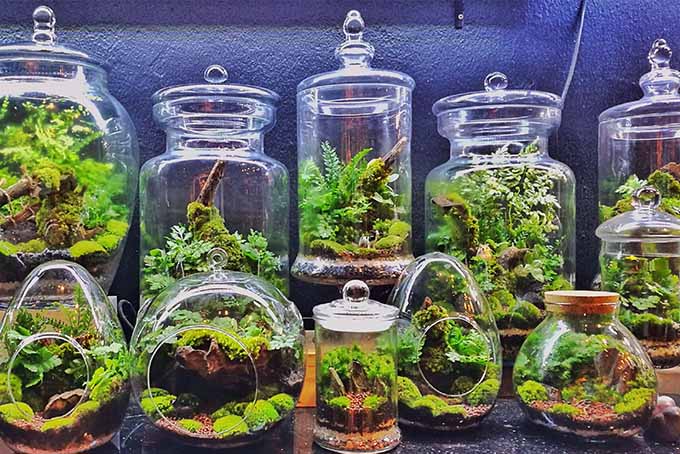
Credit: gardenerspath.com
Frequently Asked Questions (FAQs)
What Do You Put In Terrarium Decor?
Terrarium decor can include rocks, moss, driftwood, miniatures, and plants to create a natural and pleasing environment.
How Do You Set Up An Indoor Terrarium?
To set up an indoor terrarium: 1. Choose a glass container suitable for your plants. 2. Layer the bottom with rocks for drainage. 3. Add a layer of activated charcoal to filter water. 4. Top with a mix of potting soil and sand for planting your terrarium plants.
How Do You Make A Terrarium Better Homes And Gardens?
To improve your terrarium, follow these 4 steps: 1. Choose a suitable container like a glass jar or vase. 2. Layer the bottom with rocks for drainage, then add a layer of activated charcoal. 3. Add a layer of potting soil and carefully place your plants.
4. Water the terrarium sparingly and keep it in a well-lit area, away from direct sunlight.
How To Make A Terrarium Decoration?
To make a terrarium decoration, follow these steps: select a container, add gravel and charcoal, layer soil, and arrange plants.
Conclusion
Terrariums are not just beautiful indoor decorations; they are miniature ecosystems that bring nature into our homes. By following some basic principles of terrarium decor, we can create stunning displays that thrive and bring joy to our everyday lives. The key is to choose the right plants, properly maintain their environment, and add creative elements that enhance the overall aesthetic.
Remember to consider the size, shape, and style of your terrarium when selecting decorations to create harmonious arrangements. Think outside the box and experiment with different elements like rocks, moss, and figurines to bring your terrarium to life. With a little care and attention, your indoor garden can become a focal point in your home, adding tranquility and a touch of nature to any space.
So don’t hesitate, to start creating your own terrarium decor today and enjoy the many benefits it has to offer.
